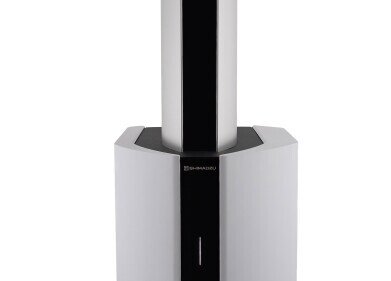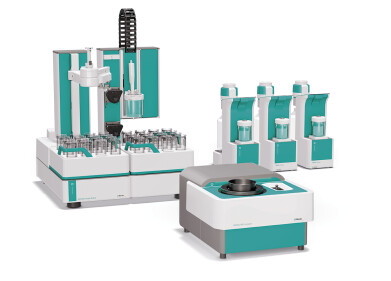Mass Spectrometry & Spectroscopy
How Can Bubbles Improve Cancer Treatment?
Jul 24 2017
Despite channelling hundreds of millions of dollars into cancer research, the disease continues to evade modern medicine. But now, one University of Oxford scientists is maintaining that she’s made a milestone breakthrough.
According to biomedical engineer Eleanor Stride, bubbles could be the key to delivering cancer drugs with incredible precision. While injecting air bubbles into the bloodstream usually triggers a medical emergency, Stride claims that she’s developed a new delivery method that sees drugs encapsulated inside microbubbles. In theory, this will allow doctors to deliver drugs directly to a tumour, which will both improve results and minimise side effects.
“There is a tremendous need to improve the way we currently deliver drugs both to improve treatment efficacy and reduce the risk of side effects,” Stride explains.
Targeting tumours
One poignant example is chemotherapy, which is traditionally diffused through the bloodstream. This exposes every cell of the patient’s body to the highly toxic agent, which triggers dire side effects like extreme nausea and hair loss. With Stride’s technique, chemotherapy could be delivered only to the tumour which could have an incredible impact on patient comfort.
“In conventional chemotherapy, even using nanoparticles, less than 1% of the total injected dose makes it into the tumour,” Stride says. With microbubbles, treatments like chemotherapy could be pushed four times deeper into a tumour and significantly boost the body’s absorption of the drug. "By using microbubbles and ultrasound we can control when and where a drug gets released, and crucially also distribute it throughout a tumour," she says.
Building bubbles
The bubbles themselves measure in at around one to two micrometres in diameter, and are coated with biologically compatible materials like lipids. These prevent them from clumping and casing potentially life-threatening haemorrhages. They’re also filled with oxygen, which not only improves drug delivery but also enhances its ability to kill the cancer cells.
“One of the reasons why very aggressive tumours are difficult to treat is that regions of the tumour become starved of oxygen and this makes the cancer cells resistant to treatment by drugs, radiation and immunotherapy.”
Once encapsulated, ultrasound and magnetic fields are used to deliver the drugs to the target tumour. This allows doctors to trap bubbles within a specific region, at depths of up to a few centimetres.
A new era for drug diffusion
Stride has already trialled the method using human organs, and is now looking to test in a pancreatic cancer context. Ideally it could be available to doctors in as little as two years, and could also be used to administer drugs for stroke, bone disease, chronic infection and neurological diseases like Alzheimer’s.
Spotlighting presentations like Donald Hunt’s Cancer Immunotherapy and Mass Spectrometry, ‘65th ASMS Conference on Mass Spectrometry and Allied Topics’ offers an exclusive glimpse at the industry leading event held in Indianapolis.
Digital Edition
Lab Asia 31.2 April 2024
April 2024
In This Edition Chromatography Articles - Approaches to troubleshooting an SPE method for the analysis of oligonucleotides (pt i) - High-precision liquid flow processes demand full fluidic c...
View all digital editions
Events
Apr 22 2024 Marrakech, Morroco
Making Pharmaceuticals Exhibition & Conference
Apr 23 2024 Coventry, UK
Apr 23 2024 Kintex, South Korea
Apr 23 2024 Seoul, South Korea
Apr 24 2024 Jakarta, Indonesia








.jpg)









